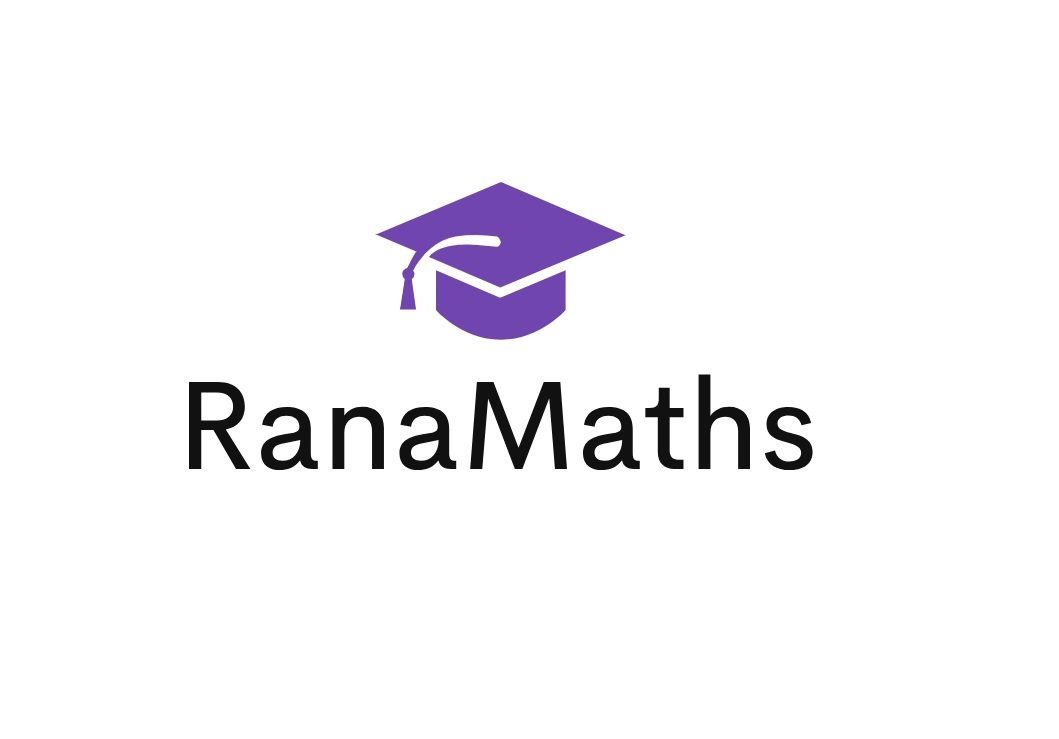Calculus and Analytical Geometry Lecture No. 1
The course contents for calculus and analytical geometry are explained below:
Limits and Continuity:
Definition: In calculus, limits and continuity are fundamental concepts. The limit of a function at a point describes its behavior as the input approaches that point. Continuity refers to the absence of disruptions or jumps in the function’s graph.
Introduction to Functions:
Definition: A function is a relation between a set of inputs (domain) and a set of possible outputs (codomain).
Introduction to Limits:
Definition: Limits in calculus describe the behavior of a function as the input approaches a particular value. They are essential for understanding the instantaneous rate of change and continuity.
Indeterminate Forms of Limits:
Explanation: Some limits result in indeterminate forms (e.g., 0/0 or ∞/∞). Techniques like L’Hôpital’s Rule are employed to handle such cases.
Continuous and Discontinuous Functions and Their Applications:
Explanation: Continuous functions have no sudden jumps, while discontinuous functions may have disruptions. Applications include analyzing physical phenomena and modeling real-world situations.
Differential Calculus:
Definition: Differential calculus involves the study of rates of change and slopes. It includes the concept of derivatives, which measure the instantaneous rate of change of a function at a given point.
Concept and Idea of Differentiation:
Explanation: Differentiation involves finding the derivative of a function, representing the rate at which the function’s output changes concerning its input.
Geometrical and Physical Meaning of Derivatives:
Explanation: Geometrically, derivatives represent slopes of tangent lines. Physically, derivatives can represent velocities, accelerations, or rates of change in real-world scenarios.
Rules of Differentiation:
Explanation: Rules, such as the power rule, product rule, and chain rule, provide systematic methods for finding derivatives of various functions.
Techniques of Differentiation:
Explanation: Techniques like implicit differentiation and linear approximation offer approaches to finding derivatives in more complex situations.
Rates of Change, Tangents, and Normal Lines:
Explanation: Derivatives provide rates of change and allow the determination of tangent and normal lines to a curve at a given point.
Chain Rule, Implicit Differentiation, Linear Approximation:
Explanation: The chain rule deals with composite functions, implicit differentiation handles implicit equations, and linear approximation approximates a function using its tangent line.
Applications of Differentiation:
Explanation: Applications include finding extreme values, mean value theorems, and analyzing the behavior of functions.
Integral Calculus:
Definition: Integral calculus deals with the concept of integration, which involves finding the accumulated quantity represented by a function.
Concept and Idea of Integration:
Explanation: Integration represents the accumulation of quantities and is the reverse process of differentiation.
Indefinite Integrals:
Explanation: Indefinite integrals provide a family of antiderivatives and are written using the symbol ∫.
Techniques of Integration:
Explanation: Techniques, including substitution, integration by parts, and partial fractions, are employed to find definite and indefinite integrals.
Riemann Sums and Definite Integrals:
Explanation: Riemann sums are used to approximate definite integrals, representing the signed area under a curve.
Applications of Definite Integrals:
Explanation: Applications include finding areas under curves, calculating work done, and determining accumulated quantities.
Improper Integrals:
Explanation: Improper integrals involve integrals over unbounded intervals or functions with infinite discontinuities.
Applications of Integration:
Explanation: Applications include finding areas, and volumes, and solving real-world problems in various fields.
This summary covers the essential concepts in calculus, from limits and continuity to differentiation, integration, and their practical applications.
We invite you to continue exploring our website at www.RanaMaths.com
Calculus and Analytical Geometry Lecture 1
